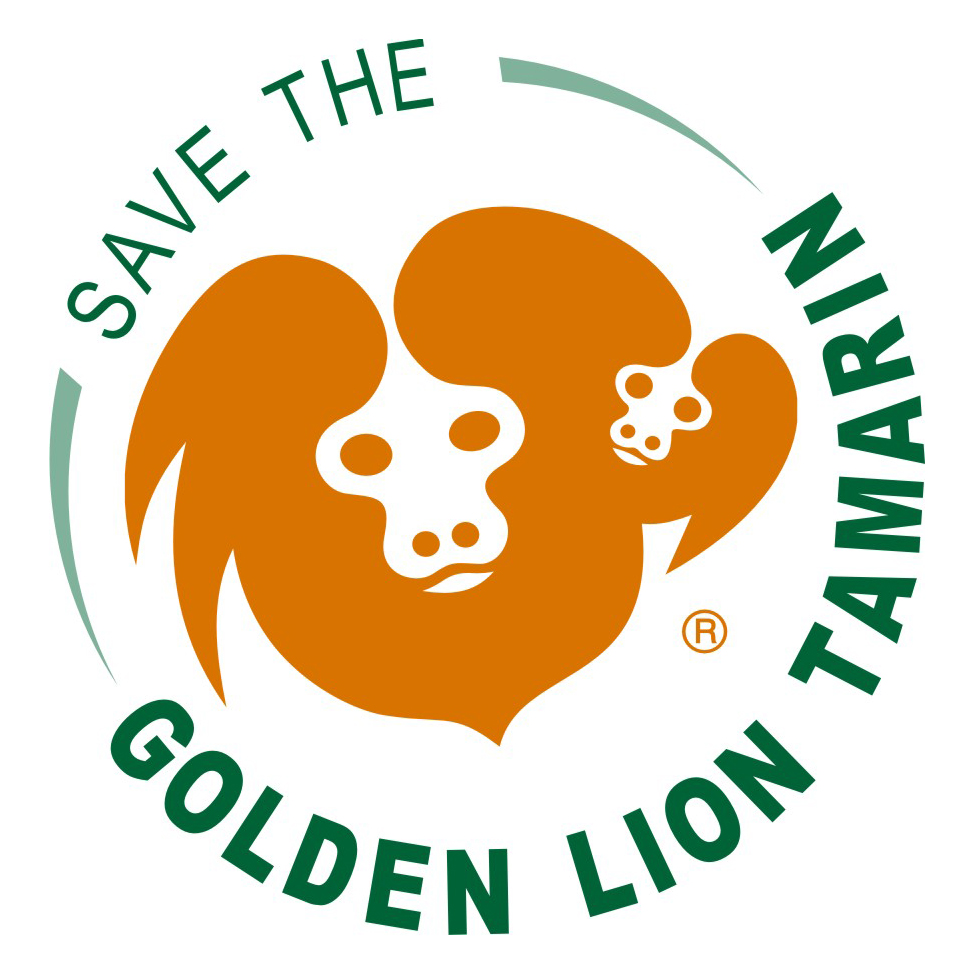On June 9th,
Associação Mico-Leão Dourado's (AMLD) Metapopulation Management Team (
Meta) translocated, or moved, 10 GLTs of the “SP” group from a small and isolated forest fragment to a large forest in the center of AMLD’s GLT management area. These GLTs are descendants of zoo-born tamarins reintroduced in the 1990’s and have yet to meet their first “native” GLT. This translocation is important because it transfers genetic diversity from the large and well-managed captive GLT population into the wild GLT population managed by AMLD. It’s also evidence of AMLD’s ability to scientifically manage the wild population.
Meta team leader Andreia transports tamarins (Photo by Andreia Martins)
Moving a group of GLTs from one forest to another is technically difficult and requires much preparation. The SP group lived on privately owned forest and was part of AMLD’s Forest-Friendly Ecotourism strategy. This GLT group was already accustomed to the presence of human observers, had individual dye marks and tattoos, and two adults carried radio collars. Prior to the translocation, Meta pre-baited the traps for weeks in order to ensure that all group members would be captured when the traps were opened.
The Meta team releases the tamarins in their new home. (Andreia Martins)
On the day of the translocation everything went as planned. AMLD captured the group early in the morning and transported the GLTs to the release site. When the traps were opened, the GLTs fed on bananas provided by the Meta team and then headed off to explore their new forest. Meta is monitoring their progress.
The recently moved GLTs enjoy a snack before exploring their new habitat. (Andreia Martins)
The group that was translocated is known as the SP group. The SP group can be traced back to seven zoos on two continents. It was founded in Brazil in 2003 by wild-born offspring that were descended from Jorge’s group, which had originally been reintroduced in 2000, and the Olympia group, which had been reintroduced in 1996. The founding male of the SP group was known as JG8, who was born in Brazil in August of 2000, and OL15, who was born in Brazil in October of 2000.
The breeding female of the original Jorge’s group was born at Paignton Zoo in the U.K. and the male was born at the Mill Mountain Zoo in Roanoke, Virginia. They were paired at the Brookfield Zoo in Brookfield, Illinois and were reintroduced with four offspring that were born at Brookfield.
The breeding female of the original Olympia group was born at the Henry Doorly Zoo in Omaha, Nebraska and the breeding male was born at the Riverbanks Zoo in Columbia, South Carolina. They were paired at the Sunset Zoo in Manhattan, Kansas, and then moved to Zoo Atlanta in Atlanta, Georgia, where they produced two offspring with whom they were reintroduced.



